Recensione di A. Reid a “Beyond Pius V” con replica d’autore
Recensione di Alcuin Reid a “Beyond Pius V” e replica di Andrea Grillo
Nei primi giorni di dicembre del 2013 è uscita negli USA una traduzione ampliata del mio volume Oltre Pio V, uscita originariamente nel 2007, pochi giorni prima della pubblicazione del Motu Proprio “Summorum Pontificum” e perciò ora aumentata di un capitolo di commento sia al MP, sia alla successiva Istruzione Universae Ecclesiae.
Il teologo Alcuin Reid ha pubblicato sulla rivista on-line “New Liturgical Mouvement”
(http://www.newliturgicalmovement.org/2014/01/beyond-pius-v-by-andrea-grillo-review.html#.Uuk_ZD15PAA)
la recensione con il titolo “Oltre chi?”che pubblico nell’originale inglese qui sotto. Ad essa faccio seguire la mia replica, con il titolo “Al di qua di Paolo VI” .
Beyond whom?
In 2007 as rumour, expectation and even fear circulated in regard to the liberalisation of the celebration of the usus antiquior that Pope Benedict XVI was preparing, Andrea Grillo, a lay professor at the Pontifical Athenaeum of St Anselmo, Rome, published Oltre Pio V, an argument against the Motu Proprio Summorum Pontificum, before either its content or even its title were known. That this book was a theological and political ‘shot across the bow’ was clear.
Late last year the Liturgical Press published this (second) edition in English, which includes a new chapter considering Summorum Pontificum and the subsequent 2011 Instruction Universae Ecclesiae. Why? The author claims that its publication, together with Massimo Faggioli’s True Reform (2012) and Patrick Regan’s Advent to Pentecost (2012), from the same publisher “is surely a ‘sign of the times’ worth noting.” To Grillo’s list we can add from this publisher John Baldovin’s Reforming the Liturgy (2009) and Piero Marini’s A Challenging Reform (2007). Indeed: the Liturgical Press is pulling out all the stops to defend the liturgical reform of Paul VI—presumably because it is considered to be in some danger.
But Grillo’s arguments ought not to be dismissed because of his own or his publishers’ strategic intentions. Indeed, one of the central arguments of his book is historically, liturgically and theologically rock-solid; namely, that the pre-conciliar liturgical movement and the Second Vatican Council recognised the truth that the Sacred Liturgy is the fons—the “source and summit” to use the Council’s words—of all of the activity of the Church, including its theological reflection, and that profound connection with and participation in the action of Christ in the liturgy of His Church is essential for Christian life. The reassertion of the primacy of the liturgy in the life of the Church, as Grillo is clear, was the raison d’être for the liturgical movement and for the liturgical reform called for by the Council.
So too Grillo is correct in his emphasis on the necessary precondition of formation in the liturgy (which he calls “initiation”), in order to facilitate fruitful participation in it. And he is utterly realistic in noting that this requirement has not widely been met in recent decades—the unholy haste to erect new edifices having somewhat distracted the architects and builders from the need first to lay the necessary foundations.
Grillo rightly calls us to a renewed appreciation of these realities. However, when he asserts that “the reform of the books and rites, of the texts and gestures, is a necessary condition…for an authentic experience of the liturgy as fons” (p. 53), his fundamental error becomes apparent. For here we have nothing less than an idolisation of “the” liturgical reform in its contingent ritual products. They are regarded as untouchable—unable to be criticised. Indeed, it follows from this stance that one cannot truly draw from the Sacred Liturgy as the source and summit of Christian life other than through these particular ritual reforms.
Where that leaves non-Western Catholics or the centuries of worshippers who lived before the 1970s one can only wonder. To be fair, Grillo would perhaps demarcate only those centuries who ‘suffered’ from what he would regard as the essentially non-participatory rites codified by St Pius V. And it is the return of such rites that worries him greatly, for this, he believes, would be a return to a liturgical life that could be neither participatory nor fruitful. Such unreformed rites could never be the fons of Christian life. They preclude the possibility of liturgical formation.
This is Grillo’s straw man: the conviction—often found amongst liturgists and prelates in Italy—that the new rites are themselves essential to liturgical formation, to the achievement of participatio actuosa and to the renewal of ecclesial life, and that the usus antiquior is, of its essence, antithetical to the achievement of these indispensible aims. Hence the book’s anxiety about Benedict XVI’s supposed liturgical regression in Summorum Pontificum: Paul VI ushered in the long-desired age of liturgical enlightenment, as it were, and there can be absolutely no going back.
It is difficult if not impossible to produce accurate statistical evidence, but experience suggests that there are many celebrations of the modern rites today in which congregations participate minimally, despite the fact that the reformed rites have been radically simplified to facilitate their participation, and have, to a similar end, been completely vernacularised. I would argue, perhaps with Grillo, that a deficit in formation is a primary cause of this, and that without formation a congregation attending celebrations according to the modern rites in 2014 might be less able to participate than a congregation in 1954, especially given that then, before “the” reform, the nature of the liturgy as ritual may have been at least more latently appreciated even if explicit formation in it was lacking.
What I think is self-evident, however, is that the overwhelming majority of contemporary celebrations of the Sacred Liturgy (and not only Holy Mass) according to the usus antiquior evince a level of formation and true liturgical participation with which the Fathers of the twentieth-century liturgical movement and indeed of the Second Vatican Council would be utterly delighted. Participatio actuosa is perhaps no more evident than in such celebrations. This may be a providential fruit of the post-conciliar proscription of these rites: people have had to invest and sacrifice substantially in order to have access to them. People frequenting them have had a long and at times costly liturgical formation. Perhaps also it is due to the very demands they place on the worshipper—one has to find ways of connecting with these rites, or indeed of allowing them to connect with us, because of their ritual complexity. Their multivalent nature has a particular value: it provides varying means of connection with Christ acting in the liturgy that perhaps better correspond to our differing temperaments and psyches.
Hence Benedict XVI was rightly able to say in his letter presenting Summorum Pontificum: “It has clearly been demonstrated that young persons too have discovered this liturgical form, felt its attraction and found in it a form of encounter with the Mystery of the Most Holy Eucharist, particularly suited to them.” But not as a rejection of the Sacred Liturgy as fons, or from any fetish for a luddite liturgical past, but as a recognition that “what earlier generations held as sacred, remains sacred and great for us to,” as Benedict XVI asserted. Indeed these rites do have their “proper place” in the liturgical life—dare I say in the liturgical renewal—of the Church at the beginning of the twenty-first century. The many and predominantly young communities, personal parishes, seminaries and religious houses—in communion with the local bishop—at whose living heart is living worship according to the usus antiquior bear ongoing testimony to this reality.
Grillo’s new and final chapter, written post-Summorum Pontificum, confesses amazement and confusion at what he calls the “virtual reality” promoted by the Motu Proprio and the subsequent Instruction Universae Ecclesiae, which includes, he asserts, the danger of leading the Church to nothing other than a “virtual heresy” (p. 115). In truth, this chapter is not as considered as the previous ones and a certain cynicism arises (the Instruction is parodied as “Introversae Ecclesiae”), which detracts from the book as a whole. It does indeed passionately proclaim Grillo’s fundamental stance that one must accept “the” liturgical reform absolutely and to the exclusion of all that came before (and of course, to the exclusion of any possible “reform of the reform”—which is dismissed out of hand), but such shouting is simply not convincing.
Aspects of this English edition are also unhelpful. Many of the works cited by the author which appear in English translation are not referenced in the footnotes. So too it repeats an error in the Italian edition: the formative experience that prompted Pius Parsch to engage in the liturgical apostolate took place in the First, not the Second World War (p. 33). It is also unfortunate that the author did not take the opportunity of this edition to engage with the relevant parts of the 2007 Apostolic Exhortation Sacramentum Caritatis in his consideration of participatio actuosa.
Grillo describes this book as a “militant defense of the reform” (p. 74). “Each of us formed after the Second Vatican Council—and now we make up the great majority of the church—is beyond the Mass of Pius V,” we are told. “Like it or not we cannot go backward. In the ordinary pastoral work of the great majority of dioceses, the celebration of some ‘ancient use’ is neither practical nor realistic” (p. 112). The growing number of dioceses who find it both practical and realistic to include the regular celebration of the usus antiquior gives the lie to the latter part of this assertion.
But yes, we must move forward. And in doing so we shall indeed be moving (further) “beyond Pius V.” But we shall also, rightly, be moving beyond Paul VI—a journey for which Joseph Cardinal Ratzinger, both through his critical examination of the liturgical reform as a cardinal and through his acts and teaching as Pope Benedict XVI—in particular his gift to the Church of Summorum Pontificum—has given us much guidance indeed.
——-
Al di qua di Paolo VI?
di Andrea Grillo
Il titolo e la conclusione della recensione che Alcuin Reid ha dedicato alla versione americana di “Oltre Pio V” tradisce una palese incomprensione delle principali questioni in gioco nel libro.
Anche se in modo del tutto strumentale, Reid esordisce con un aperto consenso sulla “riscoperta della liturgia come fons” da parte del Movimento Liturgico. Su questo sembra concordare con la mia tesi. Ma poi, con una improvvisa virata, scopre le proprie vere inclinazioni e anche le proprie idiosincrasie. Qui troviamo un piccolo saggio di pensiero autenticamente e irrimediabimente tradizionalistico: Reid non riesce a “sopportare” e neppure a “capire” che la storia del Movimento Liturgico abbia condotto alla evidenza di un passaggio epocale, inaugurato già con Pio XII, e nel quale, per ridare la parola ai riti della veglia pasquale, della settimana santa, e poi di tutta quanta la liturgia ecclesiale, occorreva procedere a riformare i riti stessi. Questo, si noti bene, viene espresso da Reid in questo modo, insieme ingenuo e disarmante: io sosterrei “la convizione—spesso condivisa da liturgisti e prelati italiani — che i nuovi riti sono essenziali alla formazione liturgica, al conseguimento della “actuosa participatio” e al rinnovamento della vita ecclesiale, e che l’usus antiquior sia, nella sua essenza, antitetico rispetto al raggiungimento di questi scopi indispensabili”.
E’ davvero sorprendente, per non dire spudorato, che Reid faccia passare per “convinzioni di liturgisti e prelati italiani” le solenni decisioni del Concilio Vaticano II, che poi hanno preso forma di riti riformati. Il fatto che si attribuisca a opinioni private e discutibili le solenni deliberazioni di un Concilio ecumenico spiega molto bene il rispetto della realtà e della tradizione che questi approcci reazionari garantiscono al povero lettore.
E’ il Concilio ad avere stabilito la necessità di modificare profondamente il rito di Pio V. Non è lo sghiribizzo di prelati italiani, ma il testo di Sacrosanctum Concilium a pretenderlo ufficialmente: a meno che Reid, come fanno molti suoi amici reazionari, non faccia confusione tra il testo conciliare e i pettegolezzi della Curia romana…
Ma Reid non sembra interessato alla storia vera: rincorre soltanto i fantasmi della “straordinaria partecipazione attiva” dei gruppi tradizionalistici, tutti perfettamente formati e ardenti di zelo apostolico…
In effetti, è chiaro che egli vuole difendere, a tutti i costi, anche a costo della ragionevolezza, le logiche del rito di Pio V, protestando il fatto che, se si deve proprio essere “oltre Pio V”, si deve anche convenire di essere “oltre Paolo VI”.
A questo proposito, ma non solo su questo, non sono stato affatto compreso. Per me è ovvio che “oltre Pio V” significa, necessariamente, anche oltre PaoloVI, oltre Giovanni Paolo II e persino – se dobbiamo proprio ammetterlo – oltre Benedetto XVI. Ciò che mi colpisce è che Reid voglia collocare se stesso e la tradizione cui ritiene di appartenere “soltanto” oltre Paolo VI. E mi sorge un dubbio, inevitabile. Non sarà che, accettando di applicare la preposizione “beyond” solo a Paolo VI, Reid la intenda non come “aldilà” come “al di qua”? Non è che forse la sua intenzione sia solo quella di restare, per sempre, al di qua di Paolo VI? Pur di assicurarsi questo risultato, Reid dimostra di essere disposto a ricostruire la storia e la liturgia dell’ultimo secolo in modo totalmente ideologico e senza alcun rispetto per la verità. Credo di aver sprecato già fin troppo tempo dietro a questi vaneggiamenti senza costrutto.


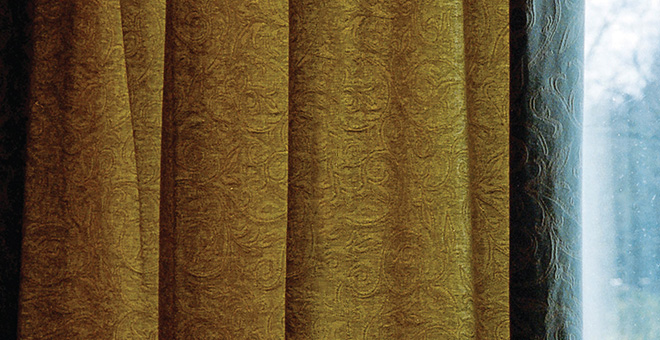
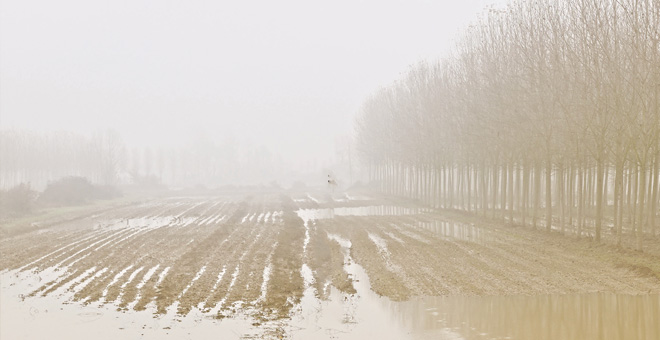

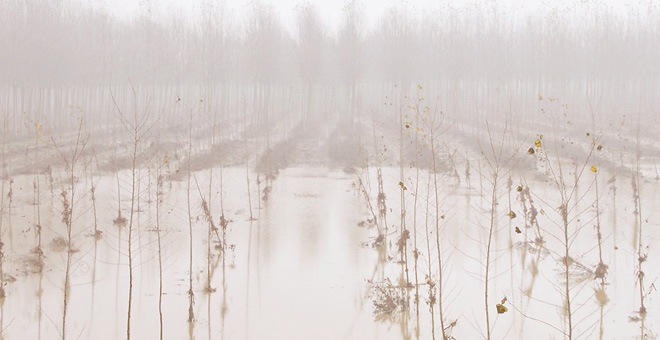
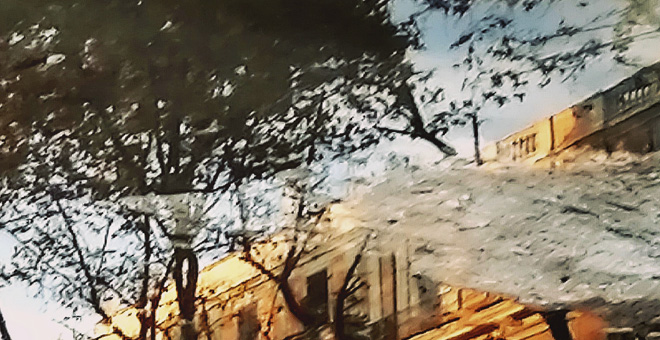




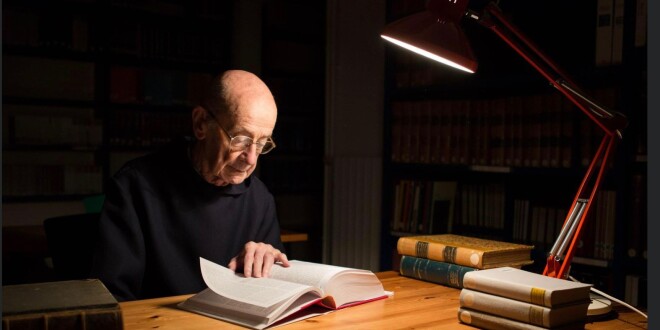
















 Area personale
Area personale



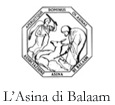


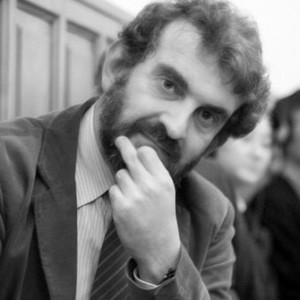
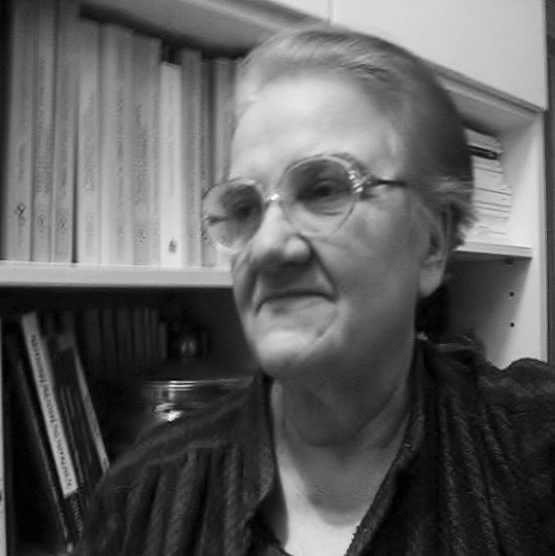

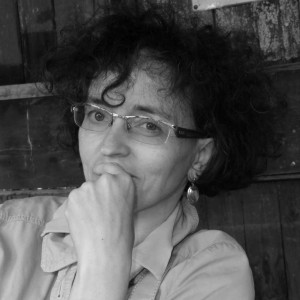
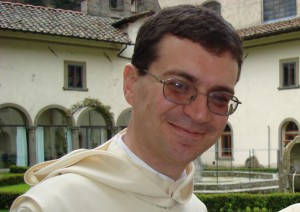

Primo, due scuse. (1) Non ho (ancora) letto “Oltre Pio V”, ma io lo leggerò (lo prometto). (2) Io sono un americano che vive in Inghilterra, così il mio italiano è molto elementare—e inoltre, non posso commentare ciò che i “liturgisti e prelati in Italia” pensano, fanno o dicono. Detto questo, vorrei contraddire educatamente diversi punti che hai fatto nella tua risposta al commento di Dom Alcuino.
In primo luogo: ”la storia del movimento liturgico ha portato una transizione di vasta portata… in cui… era necessario andare oltre e riformare i riti stessi.” Il movimento liturgico, secondo me, era destinato a rinvigorire e in qualche modo a purificare la liturgia pubblica attraverso la comprensione della sua storia e dello sviluppo. Non è mai stato pensato per respingere tale sviluppo, né di inventare nuovi riti basati su una liturgia immaginaria primitive non attestata che potrebbe non sono mai esistite. Pensi davvero che messale di Papa Paolo VI è quello che Dom Prosper Guéranger e ai suoi successori sognato?
In secondo luogo, “E’ stato il Consiglio che ha deciso la necessità di modificare profondamente il rito di Pio V. Non era il capriccio di prelati italiani, ma il testo della Sacrosanctum Concilium che richiedeva ufficialmente questo.” Ho paura che devo essere sincero qui : questo semplicemente non è vero. SC ha chiesto una serie di cambiamenti moderati nella liturgia. Chiunque legga SC (e pochi laici lo fanno) e poi partecipa a una tipica liturgia parrocchiale non può fare a meno di chiedersi cosa sia successo.
La verità è che SC era un testo di compromesso. C’era chi voleva cambiare nulla, quelli che volevano cambiare tutto. Leggi “Il Consiglio, Riforma e Reunion” da Hans Küng, scritto prima che il Consiglio aveva iniziato, e troverete la sua agenda per la liturgia. La maggior parte di questo fallì a comparire in SC, ma è apparso comunque in messale di Paolo VI. I rivoluzionari sono stati costretti al compromesso al consiglio, ma hanno vinto la guerra nel lungo periodo e imporre la loro volontà sul resto di noi.
Lasciando da parte la ‘Messa di dialogo’ (che esisteva prima che il Consiglio) e il vernaculo ( una questione molto vecchia che ha comportato alcuna modifica alla Messa stesso), non vi era alcun interesse o appetito per i cambiamenti imposti su di noi nel messale di Paolo VI. Nel 1950, vi erano “società vernaculariste” tra i laici, ma non c’era una “Società per un Kyrie Duplice” o una “Società per l’abolizione della dell’Ultima Vangelo ‘. Non era certo “La Società per l’Abolizione delle Balaustre.” I cambiamenti nel nuovo messale erano opera di una élite clericale. La liturgia dovrebbe essere “il lavoro del popolo”, ma Montini vedeva come “la proprietà del papa”.
Devo essere onesto. Penso che ci fosse spazio per la riforma limitata della liturgia, come il Consiglio ha suggerito. Ma potrebbe essere stato fatto con sensibilità e carità. Forse, per esempio, i riti di apertura alternative potrebbero essere stati resi disponibili per alcune circostanze (Messe per studenti, ecc) – ma non c’era necessità di vietare ed eliminare il vecchio rito. Anche se la cosiddetta ‘riforma’ stato utile (e in molti casi non credo che fosse ), si è imposto crudelmente, senza sensibilità, e in un assai poco cristiano come modo su coloro che sono stati fortemente attaccato alla vecchi riti. Anche se Paolo VI aveva l’autorità per modificare la Messa ( un punto che vorrei contestare), il modo in cui ha imposto che fosse crudele e dittatoriale. E non abbiamo idea di quante persone abbiamo perso a causa di questo.
Grazie per il vostro lavoro ei vostri pensieri, preghiamo per l’altro.